Effective project management relies heavily on robust monitoring and controlling processes, where data-driven insights are used to guide the project toward success. This phase, often overlooked in favor of planning and execution, is crucial for ensuring that the project stays on course and achieves its intended goals. Monitoring and controlling involve tracking project performance, analyzing key performance indicators (KPIs) and metrics, managing risks, and adjusting plans as necessary. In this article, we will explore the role of KPIs and metrics, effective risk management, and tools that enhance real-time monitoring and reporting, all essential for steering a project to successful completion.
1. The Role of KPIs and Metrics in Monitoring Project Progress
KPIs and metrics are foundational to the monitoring and controlling phase. They provide quantifiable data to assess the health of the project at any given time, enabling project managers to make informed decisions quickly.
Defining KPIs and Metrics
– KPIs (Key Performance Indicators): KPIs are high-level indicators that measure a project’s overall success in achieving its objectives. They are closely aligned with strategic goals and often include measurements like on-time delivery rate, budget adherence, customer satisfaction, and quality standards.
– Metrics: While KPIs are high-level, metrics provide more granular data on specific project components. Metrics could include hours logged per task, resource utilization rate, defect rates, or average time to complete a milestone. These help project managers keep track of the finer details that contribute to meeting the KPIs.
Essential KPIs for Project Monitoring
1. Schedule Variance (SV): Measures the deviation of the project schedule from the baseline. A positive SV indicates the project is ahead of schedule, while a negative SV signifies delays.
2. Cost Performance Index (CPI): A ratio that compares budgeted and actual costs. A CPI above 1.0 means the project is under budget; below 1.0 suggests overspending.
3. Quality KPIs: Includes defect rates, test pass rates, or customer satisfaction scores. These metrics assess whether the project deliverables meet quality expectations.
4. Resource Utilization: Tracks how effectively resources (time, personnel, budget) are being used. High or low resource utilization can indicate potential inefficiencies or bottlenecks.
Regularly analyzing these KPIs helps project managers spot trends, potential issues, and areas where adjustments may be necessary to keep the project on track.
2. Managing Risks and Adjusting Plans Accordingly
Every project encounters uncertainties and potential obstacles. Effective risk management during the monitoring and controlling phase allows for proactive rather than reactive responses.
Identifying and Assessing Risks
– Risk Identification: Continually reviewing potential risks that could impact the project timeline, budget, or quality. This includes internal risks (e.g., resource constraints, technical issues) and external risks (e.g., market changes, supply chain disruptions).
– Risk Assessment: Analyzing each risk’s likelihood and impact, prioritizing those that pose the greatest threat to project objectives. Risk assessment tools, like risk matrices and scoring systems, can help rank risks based on their severity and probability.
Mitigating Risks
– Contingency Planning: Developing contingency plans for high-priority risks allows the project team to act swiftly when issues arise. This can include setting aside a portion of the budget or allocating extra resources for critical tasks.
– Regular Risk Reviews: Risks should be monitored continuously, with regular reviews to assess whether any new risks have emerged and if existing risks have increased or decreased in likelihood or impact.
– Risk Responses: Adjusting project plans in real-time as risks materialize. For example, if a task is delayed due to resource unavailability, the project manager might reallocate resources from less critical tasks or negotiate timeline adjustments with stakeholders.
Effectively managing risks ensures the project can adapt to changes without significant setbacks, allowing it to stay aligned with initial objectives.
3. Tools for Real-Time Monitoring and Reporting
With the rise of data-driven project management, a wide range of tools now enables real-time monitoring and reporting, making it easier for project managers to track KPIs, manage risks, and communicate progress.
1. Project Management Software
Project management software, like Monday.com, Asana, and Microsoft Project, provides an integrated platform for task tracking, resource allocation, and real-time updates. Key features include:
– Dashboard and Reporting: Interactive dashboards that display KPIs and other key metrics, providing an at-a-glance view of project health.
– Collaboration Tools: Enables team members to communicate updates, ensuring everyone is aligned with the latest developments.
– Gantt Charts and Calendars: Helps visualize timelines and dependencies, which is crucial for tracking the project schedule and identifying potential bottlenecks.
2. Data Analytics and BI Tools
Business Intelligence (BI) tools like Tableau, Power BI, and Google Data Studio are invaluable for projects requiring complex data analysis. These tools help transform raw data into actionable insights through advanced data visualizations.
– KPI Dashboards: Customizable dashboards for tracking project KPIs in real-time.
– Automated Reporting: Generates reports with up-to-date metrics, which can be shared with stakeholders, saving time and ensuring transparency.
– Predictive Analytics: Some BI tools incorporate predictive analytics, which can help forecast potential risks or budget issues based on historical data.
3. Risk Management Software
For projects with high levels of uncertainty or complexity, risk management software like RiskWatch or Palisade’s @RISK provides in-depth risk analysis tools.
– Risk Registers and Heat Maps: Track risks and visualize their likelihood and impact. These tools help prioritize risk response strategies.
– Scenario Analysis: Allows project managers to model different scenarios and see the potential outcomes, aiding in making informed decisions.
4. Communication and Collaboration Tools
Effective communication tools, such as Slack, Microsoft Teams, and Zoom, facilitate instant communication, quick decision-making, and feedback loops between project teams and stakeholders.
– Real-Time Updates: With chat functions and video calls, communication tools ensure that any changes or risks are communicated immediately, reducing lag in decision-making.
– Document Sharing and Version Control: Ensures that everyone is working from the latest document versions, which is critical for accurate reporting.
Conclusion
Monitoring and controlling play a pivotal role in successful project management. By leveraging KPIs and metrics, project managers gain valuable insights into project performance and can address issues proactively. Effective risk management keeps the project adaptable, minimizing setbacks. Finally, tools for real-time monitoring and reporting allow teams to maintain transparency and agility, enhancing collaboration and keeping stakeholders informed.
With these strategies, project managers can not only steer projects toward success but also foster a culture of data-driven decision-making, continuous improvement, and resilience in the face of uncertainty. Embracing the monitoring and controlling phase as a proactive, data-informed practice ensures that projects meet or exceed their goals, delivering lasting value to organizations and stakeholders alike.

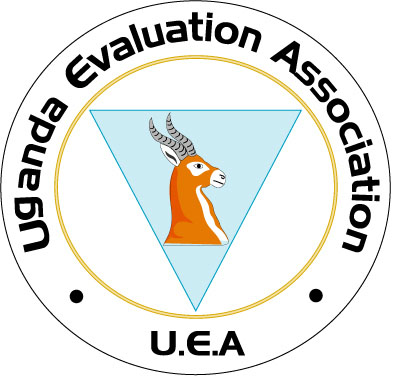
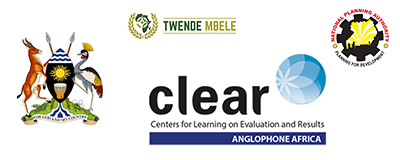



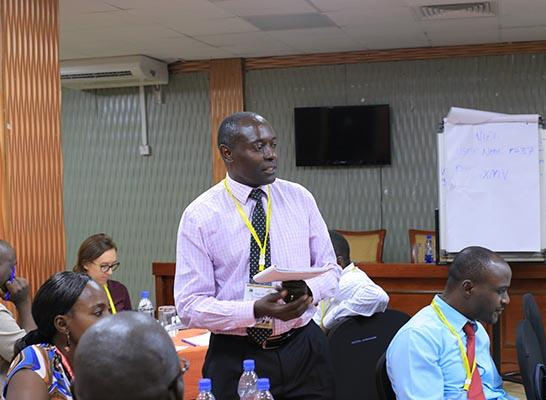

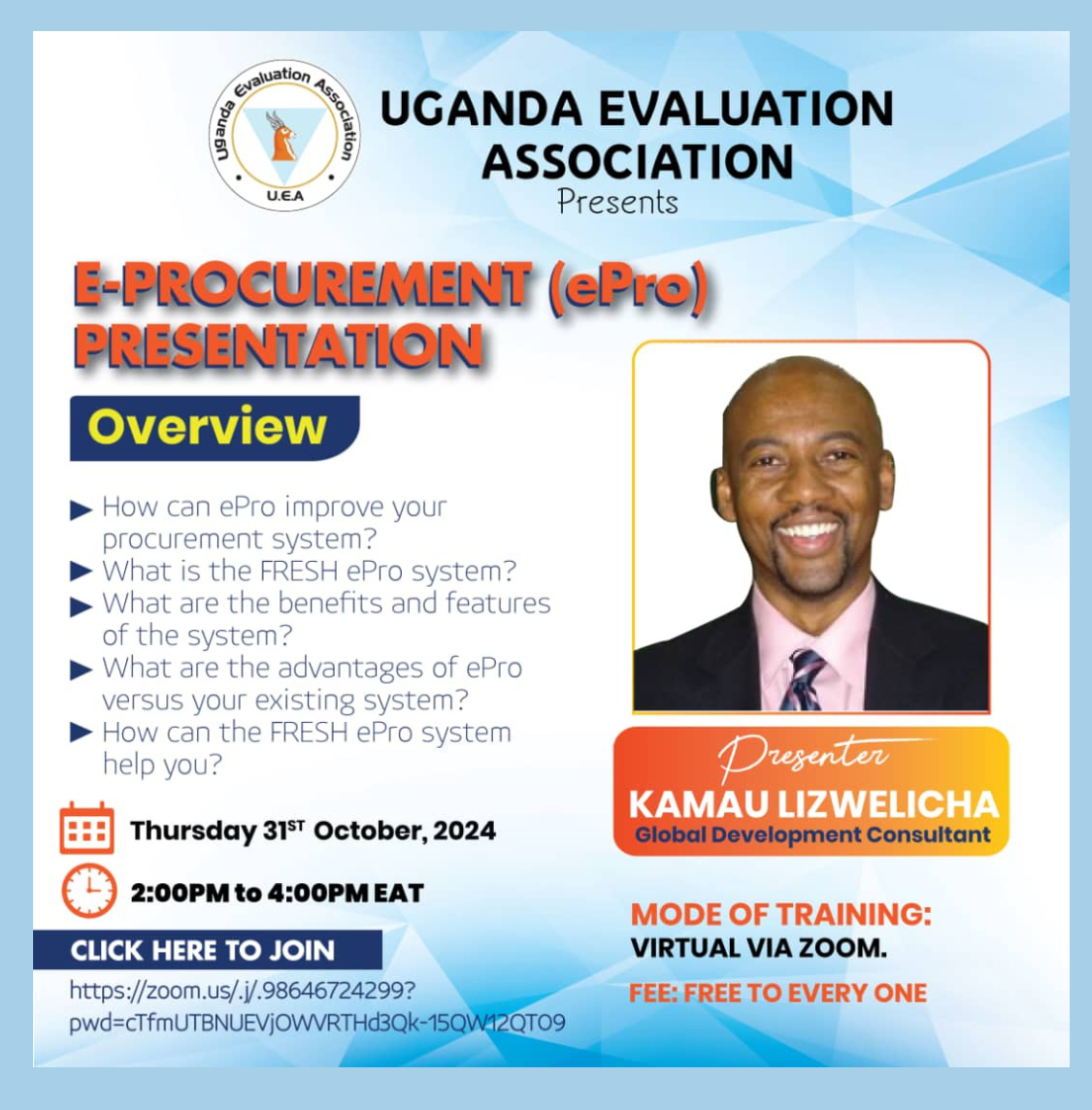
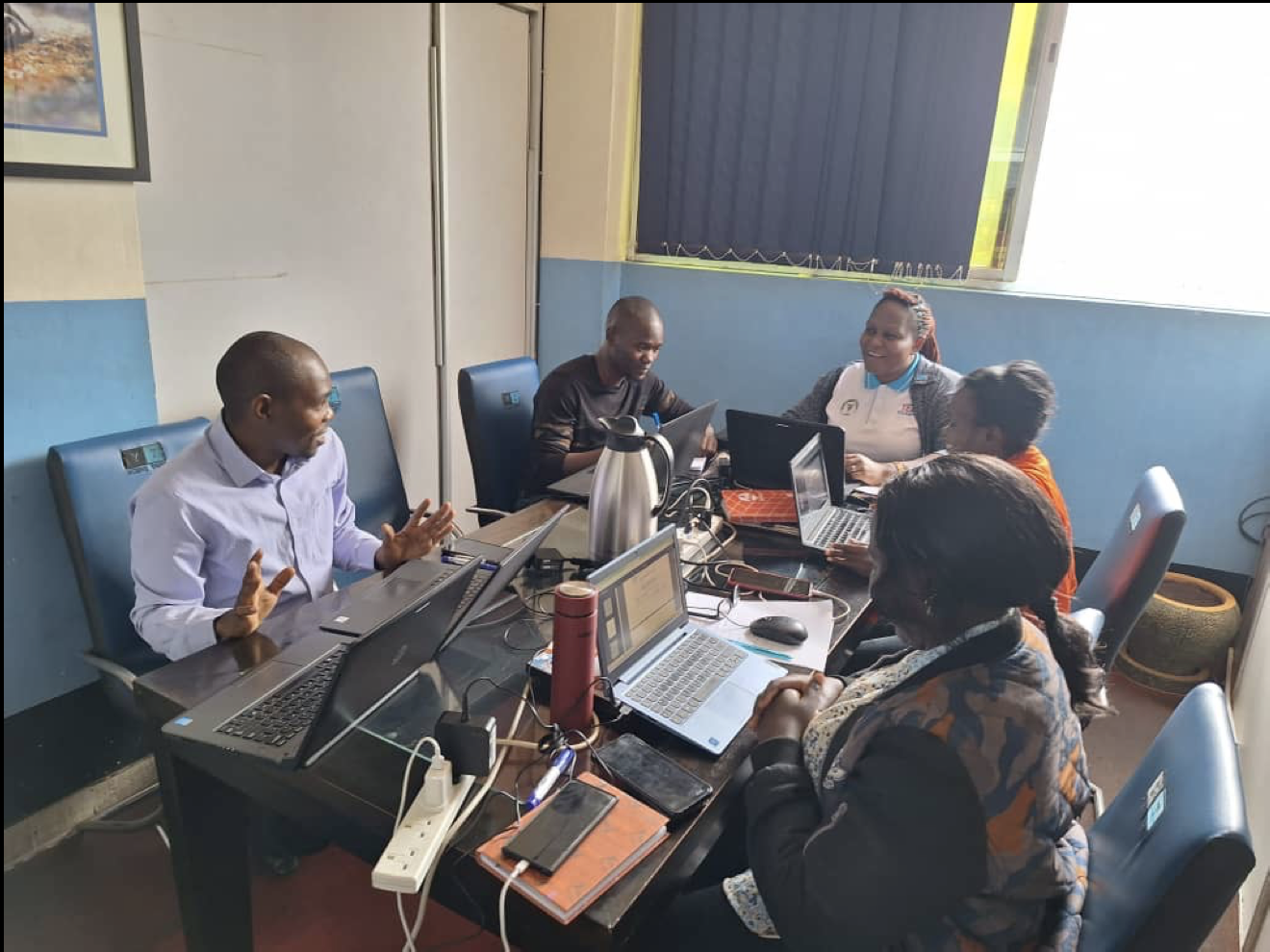
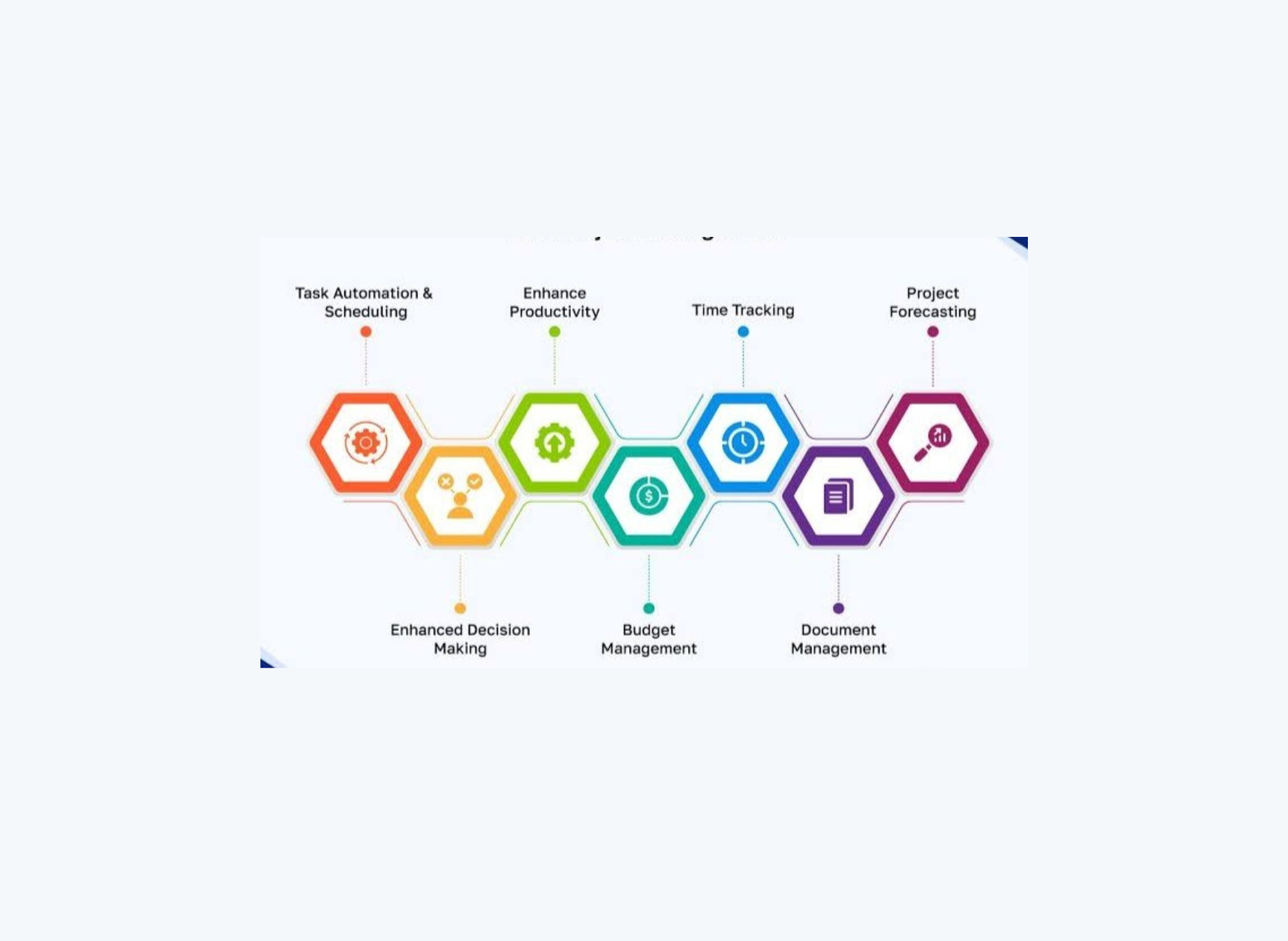

Leave a Reply